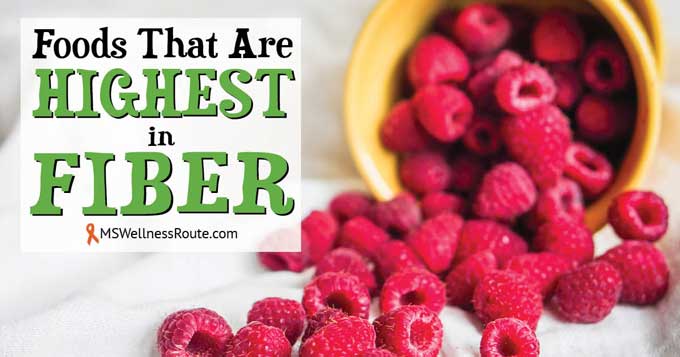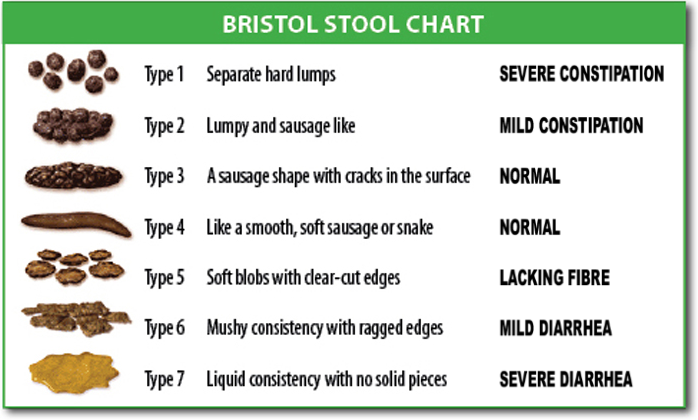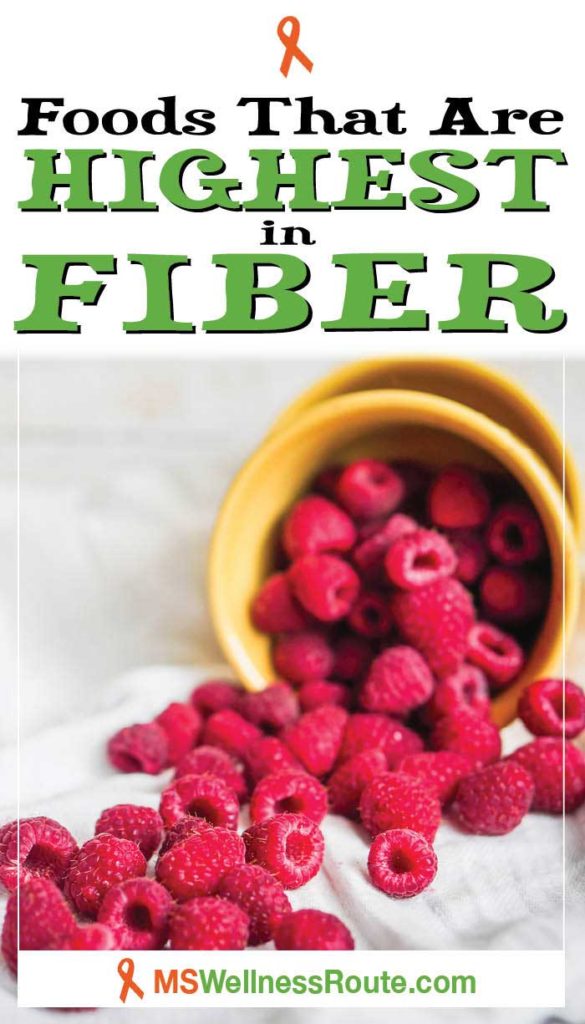Last Updated on November 30, 2023 by Cathy

Fiber is an important part of our digestive health. Plus, it helps regulate our bowel movements. We get it from plant foods such as fruits, vegetables, nuts, and seeds. It helps you feel full longer and helps lower your blood sugar levels. Fiber absorbs the sugar which keeps your glucose (sugar) level from rising too fast
Fiber is also found in whole grains and legumes. However, when you are dealing with multiple sclerosis (MS) you are also dealing with a leaky gut. A leaky gut happens when the intestinal lining in your gut is damaged and begins to get holes or tears in it. This allows undigested food particles and toxins to pass through where they don’t belong.
Whole grains and fiber, are hard for your body to break down, digest, and contribute to a leaky gut. Plus, grains are high in omega-6 fatty acids, which are highly inflammatory. Yes, they may be high in fiber but it is not worth eating them due to the many other problems.
Most people don’t eat enough fiber which causes constipation and other health issues. When you’re constipated toxins aren’t eliminated and get absorbed back into your system.
Unfortunately, constipation is a common issue for people with multiple sclerosis (MS). This is due to mobility issues (lack of movement) and drinking less water due to bladder problems. It can also be caused by side effects of certain medications.
What increases inflammation are hypercaloric Western-style diets, characterized by high salt, animal fat, red meat, sugar-sweetened drinks, fried food, low fiber, and lack of physical exercise… include fiber or complex carbohydrates in their diet, supplementing with probiotics, choosing n-3 fats over proinflammatory n-6 fats, and limiting meat and animal fat consumption.”
– US National Library of Medicine
Types of Fiber
There are two main types of fiber, soluble and insoluble. Both are forms of carbohydrates but they can’t be broken down and absorbed by your digestive system. Instead, they slow your digestion allowing stools to become softer and easier to pass.
Soluble fiber dissolves in water turning into a gel-like substance in the gut. It helps the digestion of food but it is not related to regularity. It helps to reduce heart disease, and diabetes and helps you feel full longer. Insoluble fiber doesn’t dissolve in water. It helps to keep you regular and keeps stools softer so you don’t get constipated. It also speeds up the process of food elimination in your gut.
It’s recommended to eat from 25 to 29 grams of fiber each day. For people who aren’t as mobile, they should increase their fiber intake. Since everyone is different pay attention to your body. You may need to talk to your doctor on how to get the correct amount.
Bristol Stool Chart
Conventional doctors recommend having a bowel movement at least three times per week. However, researchers discovered people with MS have an unhealthy gut, in other words, a lack of good bacteria. A good indicator of a healthy gut would be having a bowel movement one to three times each day instead.
Another sign of constipation is having hard or lumpy stools which are hard to pass. As a matter of fact, your stools tell a lot about your health. The Bristol Stool Chart is a tool designed to help you learn if you have healthy stools or an unhealthy gut.

Image courtesy of CC-BY-SA-3.0
You should be either type 3 or type 4. If you are type 1 or type 7 there is something seriously wrong with your gut. If you can’t get a handle on it you should speak to your doctor.
Improve your gut and bowel movements by:
- Adding more fiber
- Eating an anti-inflammatory diet
- Exercising
- Improving your sleep
- Reducing your stress
Fiber is a type of carbohydrate from plants your body can’t absorb. Instead, it passes through your digestive system. It also does not affect your blood sugar levels. Which means you can subtract the grams of fiber from your total carbohydrates.
Causes of constipation include:
- Lack of exercise
- Low fiber intake
- Multiple sclerosis
- Not drinking enough water
- Poor diet
- Stress
It is easy to add more fiber to your diet, as long as you know which foods are high in fiber and you make an effort to add more. Next time you make a meal or a smoothie ask yourself. What can I add to make it higher in fiber?
Fruits Highest in Fiber:
Prunes – one cup (about 3 prunes), 12 grams
Avocado – 1 medium, 10 grams
Pear – 1 medium, 5.5 grams
Figs – 1/4 cup (about 5 figs), 5 grams
Apple, with skin – 1 medium, 4.5 grams
Raspberries – 1/2 cup, 4 grams
Vegetables Highest in Fiber:
Artichoke – 1 medium, 7 grams
Turnip greens – 1 cup, 5.0 grams
Sweet potato – 1 cup, 4 grams
Brussels sprouts – 1 cup, 4 grams
Carrots – 1 cup, 3.6 grams
Broccoli – 1 cup, 2.4 grams
Nuts Highest In Fiber:
Pistachios – 1 cup, 13 grams
Hazelnuts – 1 cup, 13 grams
Macadamia nuts – 1 cup, 12 grams
Almonds – 1 cup, 11 grams
Brazil nuts – 1 cup, 10 grams
Pecans – 1 cup, 10 grams
Seeds Highest In Fiber:
Chia seeds – 1 ounce (2 tablespoons), 10 grams
Ground flax seeds – 1 ounce (2 tablespoons), 3.8 grams
Poppy seeds – 1 ounce (2 tablespoons), 3.4 grams
Pumpkin seeds – 1/4 cup, 3 grams
Sesame seeds – 1/4 cup, 3 grams
Sunflower seeds – 1/4 cup, 3 grams
Quick Links To Helpful Diet Tips:
5 Tips for Staying Motivated to Eating Healthy
Reverse Multiple Sclerosis Naturally
How to Start the Paleo Diet
Overall
Increase your fiber intake slowly to avoid bloating, cramps, diarrhea, and gas. Also, increase your water intake to avoid constipation from getting worse. Everyone is different, pay attention to how your body reacts and adjust the amount to fit YOUR needs.
Fiber is essential for digestive health and regular bowel movements.
Foods HIGH in Fiber
Get the password for my library with MANY wellness printables including the Foods HIGH in Fiber here by filling out this form:
Want to remember this health tip? Save it to your favorite Pinterest board!






